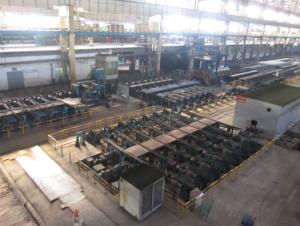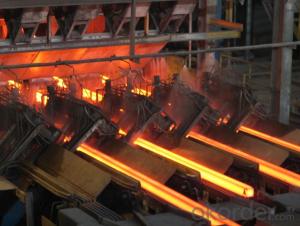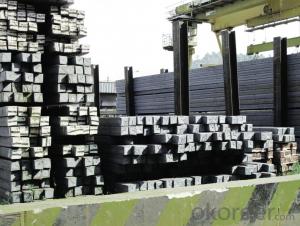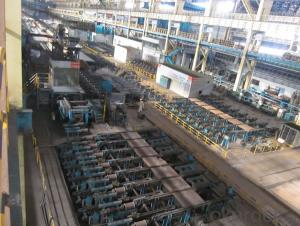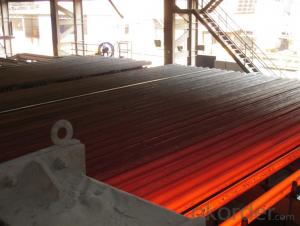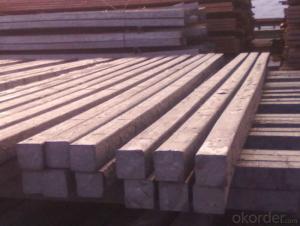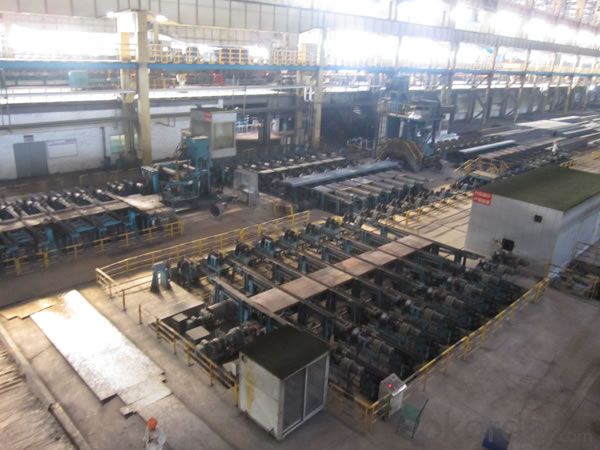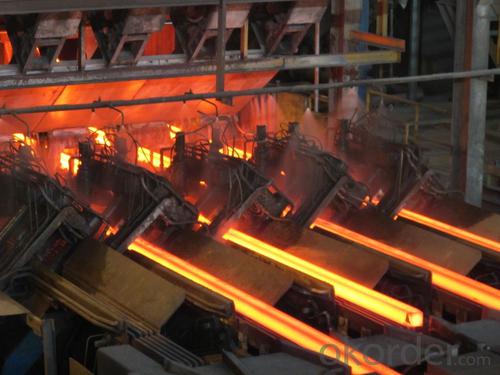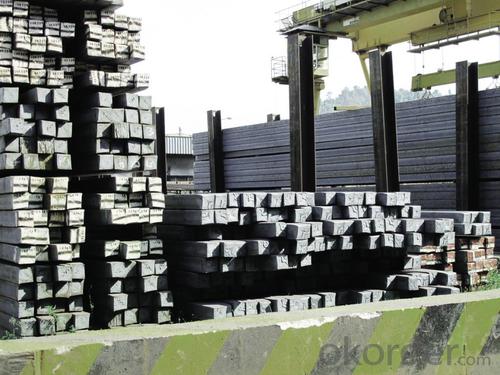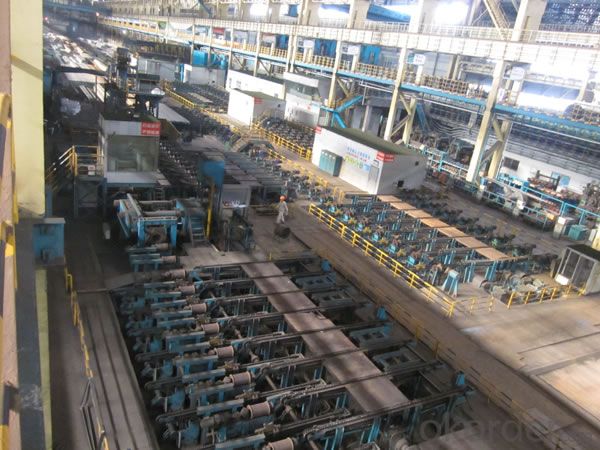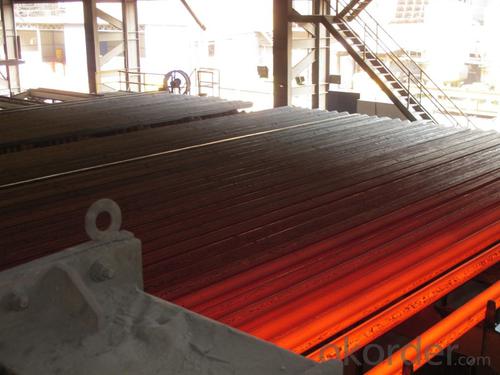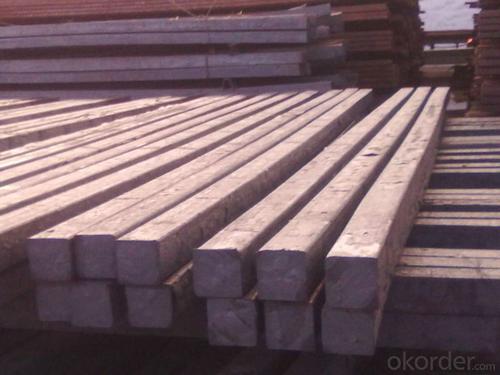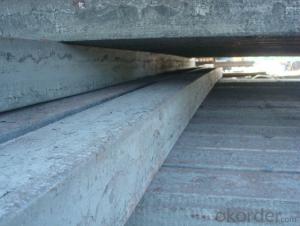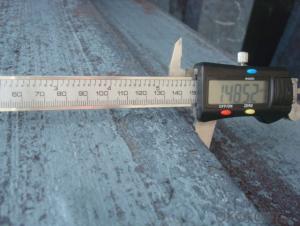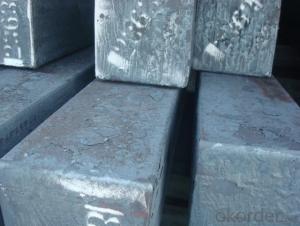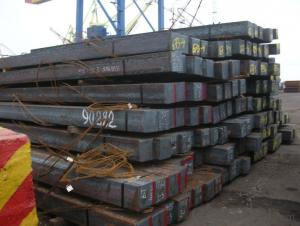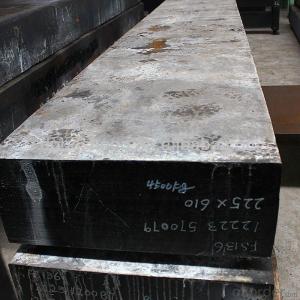Prime quality prepainted galvanized steel 670mm
- Loading Port:
- Tianjin
- Payment Terms:
- TT OR LC
- Min Order Qty:
- 100 m.t.
- Supply Capability:
- 10000 m.t./month
OKorder Service Pledge
OKorder Financial Service
You Might Also Like
Construction building material galvanized color prepainted cold
rolled steel coil
Prepainted steel sheet is coated with organic layer, which provides higher anti-corrosion property and
a longer lifespan than that of galvanized steel sheets.
The base metals for prepainted steel sheet consist of cold-rolled, HDG electro-galvanized and hot-dip
Alu-zinc coated. The finish coats of prepainted steel sheets can be classified into groups as follows:
polyester, silicon modified polyesters, polyvinylidene fluoride, high-durability polyester, etc
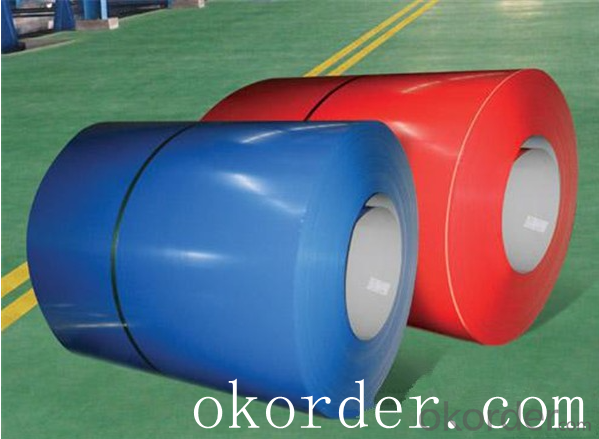
Standard and Grade :
Pre-paint galvanized steel coil | ||||
ASTM A755M-03 | EN10169:2006 | JISG 3312-2012 | ||
Commercial quality | CS | DX51D+Z | CGCC | |
Structure steel | SS GRADE 230 | S220GD+Z | CGC340 | |
SS GRADE 255 | S250GD+Z | CGC400 | ||
SS GRADE 275 | S280GD+Z | CGC440 | ||
SS GRADE 340 | S320GD+Z | CGC490 | ||
SS GRADE550 | S350GD+Z | CGC570 | ||
S550GD+Z | ||||
Application:
Outdoor | Roof, roof structure, surface sheet of balcony, frame of window, door of garage, rolled shutter door, booth, Persian blinds, cabana, etc |
Indoor | Door, isolater, frame of door, light steel structure of house, home electronic appliances, ect. |
Specifications
Commodity Name: Prepainted Galvanized Steel Coil
Standard: AISI, ASTM, DIN, GB, JIS
Grade: TDC52D+Z
Thickness 0.13-8.0mm
Width:600mm-1350mm
Zinc Coating:275g/m2
Polyester Coating Thickness:Top and Back coating thickness depend by Buyer Requirement.
Polyester Coating Type:2/2,1/2m,1/2.
Polyester Type: Polyester, silicone modified polyester, high durability polyester (HDP), polyvinylidene fluoride (PVDF)
Unit Roll Weight:5-20tons
Place of Origin Shanghai , China (Mainland)
Surface Treatment :Color Coated
Manufacture Progress:HRC-CRC-GALVANIZED-COLOR COATED
Application : Construction, electrical, transportation, steel plant, composite board plant, steel tile factory
Payment & Shipping Terms:T/T ,L/C, and FOB CHINA
Minimum Order Quantity: 25Tons
Packge Type: Moisture-proof paper inner,Steel outside,Bundle by steel rope.
Package in Container : Wood as a foot pad, wire rope reinforcement,PPGI steel coil tied together by steel rope.
- Q: What are the challenges faced in the production of steel billets?
- There are several challenges faced in the production of steel billets. One of the main challenges is the sourcing of raw materials. Steel billets are typically produced from iron ore, which needs to be mined and processed before it can be used. The availability and quality of iron ore can vary, making it challenging to secure a consistent supply. Another challenge is the energy-intensive nature of steel production. The process of converting iron ore into steel billets requires significant amounts of energy, mainly in the form of electricity and fossil fuels. This can lead to high production costs and contribute to environmental concerns, such as greenhouse gas emissions. Additionally, the production of steel billets involves complex metallurgical processes. The steel needs to be heated to high temperatures and undergo various treatments to achieve the desired properties. Ensuring consistent quality and meeting specific customer requirements can be challenging, as any deviations in the production process can affect the final product's performance. Maintaining a safe working environment is also a significant challenge in steel billet production. The production process involves handling heavy machinery, molten metal, and potentially hazardous chemicals. Effective safety measures and protocols need to be implemented to protect workers and prevent accidents. Lastly, the market dynamics and competition in the steel industry pose challenges in the production of steel billets. Fluctuating demand, changes in customer preferences, and price volatility can impact production planning and profitability. Steel producers need to stay competitive by continuously improving efficiency, reducing costs, and adapting to market trends. Overall, the production of steel billets faces challenges related to raw material sourcing, energy consumption, metallurgical processes, safety, and market dynamics. Overcoming these challenges requires a combination of technological advancements, efficient operations, and strategic decision-making to ensure a sustainable and successful production process.
- Q: How are steel billets used in the production of oil and gas pipelines?
- Steel billets are essential in the production of oil and gas pipelines as they serve as the initial material for manufacturing these pipelines. Essentially, steel billets are semi-finished steel products that typically have a rectangular or square shape. To manufacture oil and gas pipelines, a series of manufacturing processes are performed on the steel billets. Initially, the billets are heated to high temperatures in a furnace in a process known as billet heating. This heating process increases the malleability of the steel, making it easier to shape. Once the desired temperature is reached, the billets are then passed through a series of rollers to transform their shape into a cylindrical form. This process, called hot rolling, further enhances the mechanical properties of the steel, making it stronger and more durable. Following hot rolling, the steel goes through a process known as quenching and tempering. Quenching involves rapidly cooling the steel to increase its hardness, while tempering is a heat treatment process that reduces the brittleness of the steel, making it less prone to cracking. After these processes, the steel billets are welded together to form the final pipeline. This welding process ensures the integrity and strength of the pipeline, enabling it to withstand the high pressures and harsh environments associated with oil and gas transportation. In conclusion, steel billets play a crucial role in the production of oil and gas pipelines. They serve as the foundational material and undergo various manufacturing processes to transform into durable and high-strength pipes that efficiently transport oil and gas over long distances.
- Q: Can steel billets be used in the production of oil and gas equipment?
- Steel billets have the capability to be utilized in the manufacturing process of oil and gas equipment. These semi-finished metal products, known as steel billets, are frequently employed as raw materials for the production of various industrial goods, including oil and gas equipment. They can undergo further treatment through hot rolling or forging to create distinct components like pipes, valves, flanges, and fittings, all of which are vital for the oil and gas industry. Given its robustness and resilience, steel is an ideal material for enduring the demanding conditions and high pressures encountered in oil and gas operations. Moreover, steel billets can be tailored to meet specific requirements, such as corrosion resistance, heat resistance, and mechanical properties, ensuring that the final product is suitable for its intended application within the oil and gas sector.
- Q: Billet heating furnace prices?
- Billet heating furnace as non-standard series equipment, the price is not very fixed. Equipment is different, the price is not the same, in general, you need to find a few better units within the family to do the program offer, according to the program and quote contrast.
- Q: What are the different methods of steel billet cutting and machining?
- There are several methods of steel billet cutting and machining, including bandsaw cutting, flame cutting, plasma cutting, water jet cutting, and machining processes such as milling, drilling, and turning. Each method has its own advantages and is chosen based on factors like the desired shape, accuracy, speed, and cost-effectiveness of the cutting or machining operation.
- Q: How are steel billets transported internationally?
- Steel billets can be transported internationally through various means such as shipping containers, bulk carriers, or by rail and road transport. The choice of transportation method depends on factors like distance, cost, volume, and urgency of delivery.
- Q: What are the different international standards for steel billets?
- Steel billets, which serve as raw materials for the production of various steel products, must comply with several international standards. Notable examples of these standards include: 1. ASTM A615/A615M: This standard specifies the characteristics of deformed carbon-steel bars used for reinforcing concrete. It also covers the requirements for billets utilized in the manufacturing process of these bars. 2. EN 10025: Of European origin, this standard outlines the technical delivery conditions for structural steel products. It encompasses a wide range of steel grades, including billets, which find application in construction and engineering. 3. JIS G3112: Hailing from Japan, this Industrial Standard defines the specifications for steel bars, including billets, used in concrete reinforcement. It guarantees the quality and performance of steel billets within the construction industry. 4. GB/T 699: A Chinese standard, this document establishes the technical requirements for high-quality carbon structural steel, including billets. It encompasses aspects such as chemical composition, mechanical properties, and heat treatment. 5. IS 2830: This Indian Standard outlines the specifications for carbon steel billets used in general engineering purposes. It encompasses requirements related to chemical composition, mechanical properties, and dimensional tolerances. By adhering to these international standards, industries across the globe can ensure the consistency, quality, and safety of steel billets. The adherence to such standards facilitates the uniformity and encourages global trade of steel products.
- Q: How are steel billets tested for strength?
- Steel billets are typically tested for strength through a process called tensile testing. This involves applying a controlled amount of force to a sample billet until it fractures. The force and deformation are measured during the test, allowing for the determination of the billet's ultimate tensile strength, yield strength, and other mechanical properties.
- Q: How are steel billets used in the manufacturing of valves and pumps?
- Steel billets are used in the manufacturing of valves and pumps as the raw material for shaping and forming the critical components of these mechanical devices. These billets are heated, forged, and machined to create the necessary shapes and sizes required for valves and pumps. The resulting components, such as valve bodies, stems, and pump casings, exhibit high strength, durability, and resistance to corrosion, making them suitable for withstanding the demanding conditions of fluid control and transportation in various industries.
- Q: What are the challenges faced in the distribution and supply chain of steel billets?
- Some challenges faced in the distribution and supply chain of steel billets include transportation and logistics issues, such as the need for specialized equipment and efficient handling processes due to the heavyweight and bulky nature of steel billets. Additionally, ensuring timely delivery and managing inventory levels can be challenging due to various factors like unpredictable demand fluctuations and production delays. Quality control and inspection of steel billets during transit and storage is also crucial to prevent damage or deterioration. Lastly, coordinating with multiple stakeholders, including suppliers, manufacturers, distributors, and customers, requires effective communication and collaboration to maintain a smooth and reliable supply chain.
Send your message to us
Prime quality prepainted galvanized steel 670mm
- Loading Port:
- Tianjin
- Payment Terms:
- TT OR LC
- Min Order Qty:
- 100 m.t.
- Supply Capability:
- 10000 m.t./month
OKorder Service Pledge
OKorder Financial Service
Similar products
Hot products
Hot Searches
Related keywords
